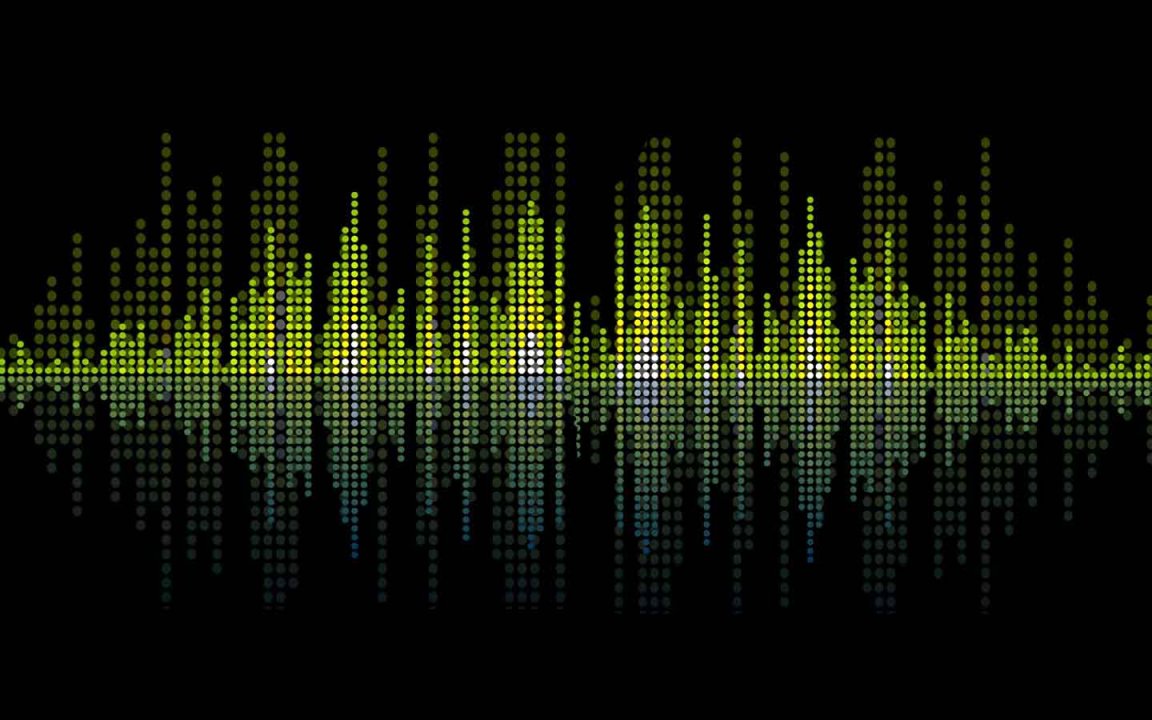
For the first time in half a century, a new class of sound wave has been developed.
Acoustics experts from RMIT University in Melbourne, Australia are responsible for creating the wave, and it is set to revolutionize the use of stem cells in medical treatments.

What Makes These Waves Different
The waves in question are known as “surface reflected bulk waves.” Surface reflected bulk waves are a combination of bulk sound waves and surface sound waves.
Bulk sound waves cause an object to vibrate as one, kind of like holding a carpet at one end and shaking it. In contrast, surface sound waves only cause the surface of the material to vibrate, like waves in an ocean. By combining the two, researchers have created a sound wave class that is far more powerful than either carpet shaking or crashing waves alone.
Previously, sound waves have not been gentle enough to manipulate stem cells. These new waves, though, won’t cause damage to the delicate cells.
Future Uses
Study co-author Dr. Amgad Rezk, from the Micro/Nano Research Laboratory at RMIT and his team created a device to utilize surface reflected bulk waves in medical devices. It’s called HYDRA (don’t worry- not like Marvel’s Hydra). It passes electricity through a chip, converting it into sound waves that can break the liquid into an inhale-able spray.
“It’s basically ‘yelling’ at the liquid so it vibrates, breaking it down into vapor,” explained Rezk in a statement. Rezk goes on to say that the research his team is doing is a “game changer” for stem cell treatment in the lungs:

“We have used the new sound waves to slash the time required for inhaling vaccines through the nebulizer device, from 30 minutes to as little as 30 seconds.”
In this way, a wide range of drugs can be delivered into the body without the need for pills or injections.
For sufferers of asthma and cystic fibrosis, the device can deliver highly precise drug doses, but it can also be used to provide diabetes patients with insulin, and give infants vaccines without an injection.
“Our work opens up the possibility of using stem cells more efficiently for treating lung disease, enabling us to nebulize stem cells straight into a specific site within the lung to repair damaged tissue,” says Rezk.